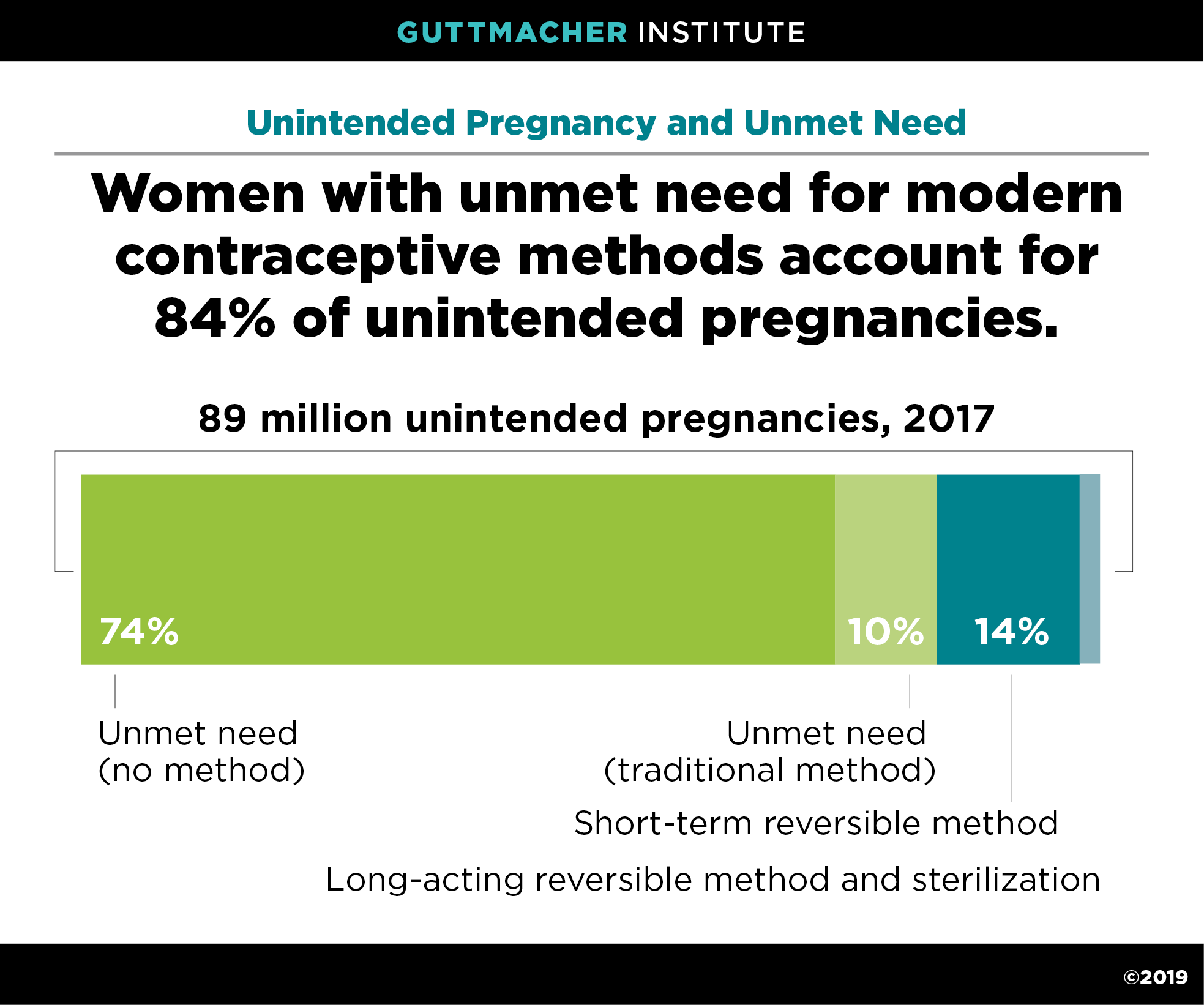September 26 is World Contraception Day, and there is no better time to celebrate the importance of family planning in the lives of people around the world. In recent decades, there have been significant advancements in access and technology that have expanded individuals’ ability to make decisions about their own sexual and reproductive health. It is critical that advocates, policymakers, and other stakeholders work to maintain these hard-fought gains and drive new ones.
One proven way to do this is to invest in research and development (R&D) of sexual and reproductive health interventions, including in particular for innovative technologies that simultaneously offer pregnancy, HIV and other STI prevention. Such R&D support would impact the lives of millions of people here and abroad. Key areas that could and should be improved through R&D are:
- Contraception to prevent unintended pregnancy: The vast majority of unintended pregnancies, both in the United States and abroad, are among people who are either not using any contraception or are using it inconsistently (see figure). Ninety-one percent of women in the United States feel that no one contraceptive method has all of the features that are important to them–with many citing side effects and impacts on sexual pleasure as reasons for their dissatisfaction. In low-income countries, women who want to prevent pregnancy also point to worries about side effects along with other health risks among their reasons for not using contraception. Developing new contraceptive methods and modifying existing ones could address these issues, thereby helping women and their partners feel more satisfied with their contraceptive choices and better equipped to prevent or space pregnancies.
- HIV and other STI prevention: Unintended pregnancy is not the only risk facing women both domestically and abroad; better and more options are needed to sustain progress in the fight against HIV and AIDS, as well as other sexually transmitted infections (STIs). One pathway to HIV prevention is to improve uptake and adherence to pre-exposure prophylaxis (PrEP) by exploring novel drug combinations and delivery methods. Researchers are investigating the safety and efficacy of a wide variety of long-acting methods, factors that affect adherence to oral PrEP, and the impact that taking the drug may have on patients’ lives. For example, a new vaginal ring that releases an antiretroviral drug over the course of a month has been shown in clinical trials to safely and significantly reduce women’s risk of HIV. There are also a number of other drug combinations and delivery platforms in development that target several STIs at once. Having more, and better, prevention options can only improve sexual and reproductive health outcomes for women around the globe.
The need for innovation is urgent. There are 214 million women of reproductive age around the world who want to avoid a pregnancy and are not using a modern contraceptive method. Globally, unintended pregnancies contribute to poor maternal and child health and can carry steep social and economic costs for women in their families. In the United States, just under half of all pregnancies—some 2.8 million—are unintended.
HIV/AIDS also plays a significant role in the lives of women and girls around the world. There are 19.6 million women and girls living with HIV, including 240,000 in the United States. This group accounts for one in five new HIV infections in the United States, with notable disparities by race, ethnicity, and age. It is estimated that more than a million cases of STIs are acquired every day around the world, and in the United States the prevalence of chlamydia, gonorrhea, and syphilis have been increasing rapidly in recent years. STIs can lead to cervical cancer, infertility, poor pregnancy and birth outcomes, and increased risk of acquiring new or transmitting existing STIs, including HIV. Given the prevalence and risks of STIs, effective and varied prevention strategies are crucial.
Multipurpose prevention technologies (MPTs) are products that simultaneously offer pregnancy, HIV and other STI prevention. Right now, women’s only options for simultaneous protection against unintended pregnancy, HIV, and other STIs are external and internal condoms, which depend on the cooperation of a male partner. These two options are likely not meeting all women’s needs or preferences. R&D supports the development of multiple types of MPTs that, together, could better address individuals’ needs and preferences.
Although there has been significant progress in the development of new prevention methods in recent years, continued support for R&D is critical. National governments have an important role to play in developing innovative and complex technologies, as the profit potential of these drugs is uncertain and few pharmaceutical companies are developing them. Going forward, it is critical that the United States and other governments continue to support R&D in sexual and reproductive health in order to ensure continued progress advancing the health and rights of women everywhere.
This article was originally published on The IMPT Blog.
